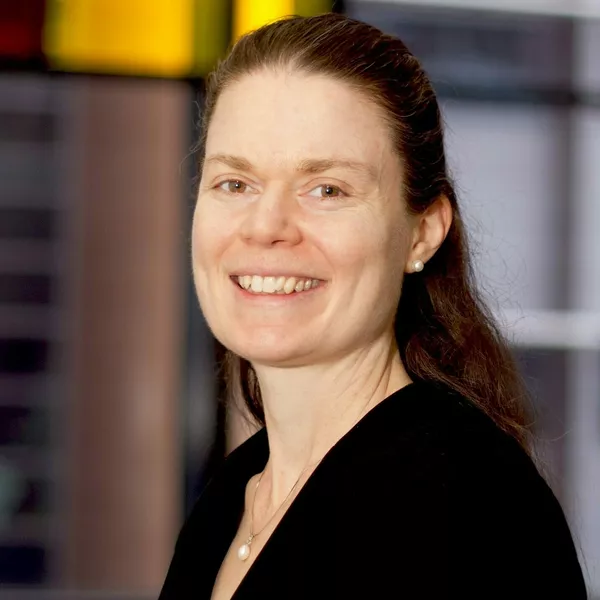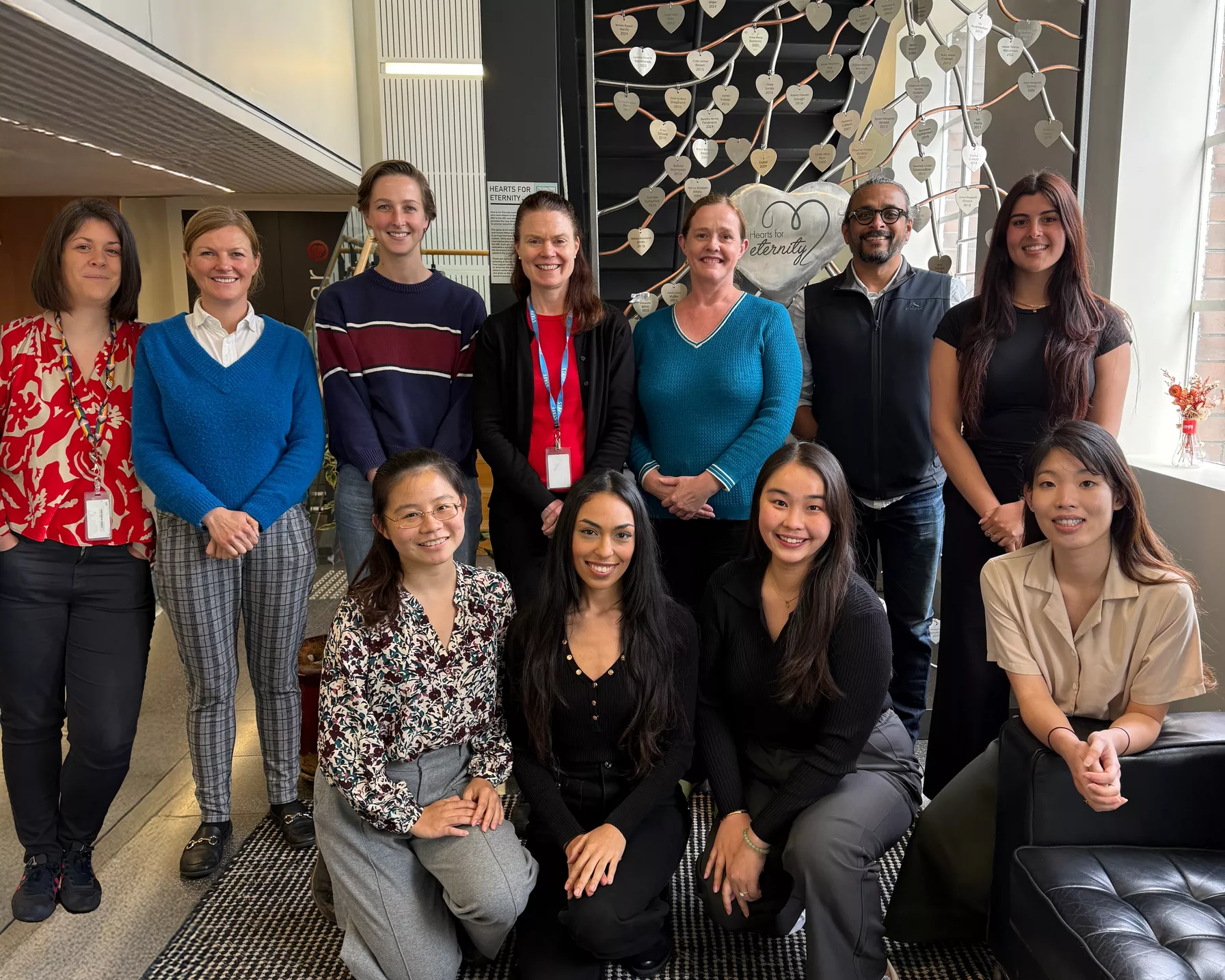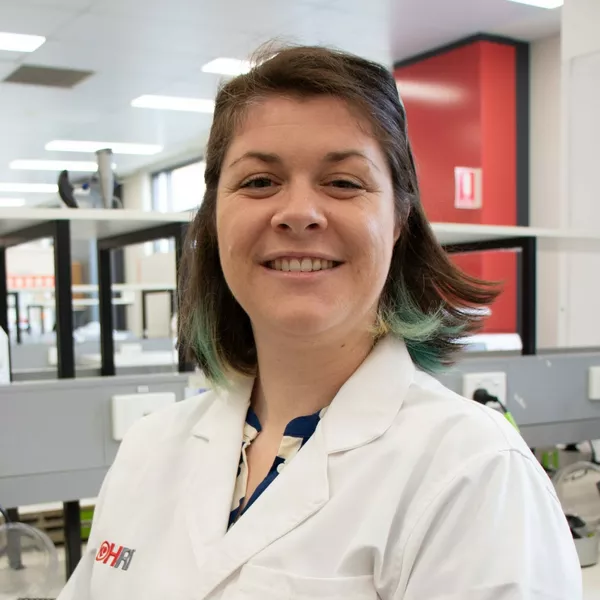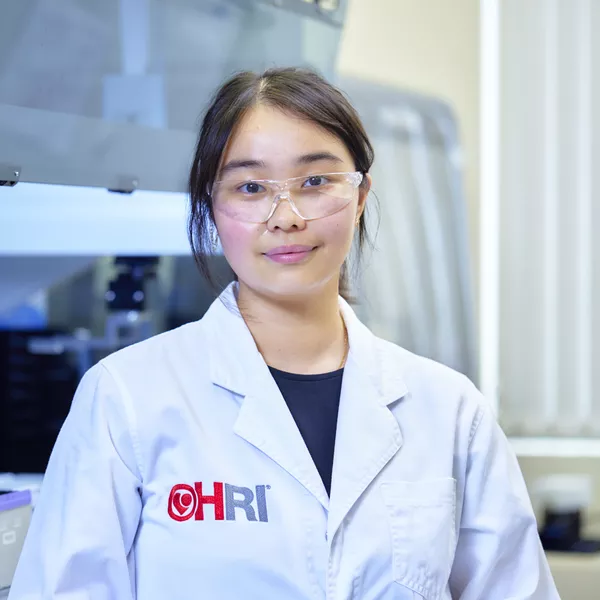
Our objective
The Heart Muscle Group focuses on understanding the differences between healthy heart enlargement, such as the enlarged athletic heart (physiological cardiac hypertrophy), and heart enlargement associated with disease (eg, hypertension, pathological cardiac hypertrophy) that predisposes to heart failure and complications such as atrial fibrillation (AF) and stroke.
Research has shown that the heart enlarges in elite athletes or those who exercise a lot, with a heart size greater than the average person. This enlargement is beneficial as it enables them to continue their level of exercise training and fitness. When the training stops, the healthy enlarged heart returns to a normal size. Conversely, the heart also enlarges in people with heart disease or heart failure, but this heart growth is detrimental as it forces the heart to work harder than normal in pumping blood around the body, and is usually impossible to reverse completely.
The research of the Heart Muscle Group aims to understand and target the differences between exercise-induced healthy heart enlargement and disease induced-pathological heart enlargement. Our objectives are to:
- Identify critical genes, proteins and lipids in the athlete's heart that provide protection
- Identify 'druggable', heart-specific targets
- Examine whether targeting protective mechanisms in the exercise trained heart can improve function of the failing heart. This is examined using a number of approaches (gene therapy, small molecules, dietary approaches)
- Examine sex differences in the heart
- Reduce/rescue the incidence of AF
- Understand how the heart communicates with other organs/systems in our body to protect against obesity and other complications including kidney disease and neurological decline.
Our impact
Studies led by Prof Julie McMullen demonstrate that there are changes in genes that occur in heart disease-induced heart enlargement that do not occur in exercise-induced heart enlargement. She has established that even though there are comparable increases in heart size, there are clear molecular and histological differences between the two.
The Heart Muscle Group continues to identify genes causing heart enlargement that are beneficial for the heart. We suggest that it is possible to promote and activate ‘good’ genes in the heart as opposed to simply inhibiting ‘bad’ genes that cause heart enlargement with detrimental effects. We are now developing gene therapy approaches and testing small molecules that target these ‘good’ genes. The goal is to reproduce the actions of the ‘good’ genes in the diseased heart.
Our research involves:
- Understanding mechanisms in genetically modified mouse models of exercise and heart failure
- Testing gene therapy approaches, small molecules and dietary approaches in heart disease mouse models.
Heart failure affects over 26 million people worldwide and is increasing in prevalence. It places a significant burden on patients and the healthcare system. It can lead to other cardiovascular complications, and is currently largely treated by delaying disease progression.
The goal of our research is to improve function of the failing heart and protect it from complications such as atrial fibrillation and stroke.
Selected publications
Chen YC, Wijekoon S, Matsumoto A, Luo J, Kiriazis H, Masterman E, Yildiz G, Cross J, Parslow AC, Chooi R, Sadoshima J, Greening DW, Weeks KL, McMullen JR. Distinct functional and molecular profiles between physiological and pathological atrial enlargement offer potential new therapeutic opportunities for atrial fibrillation. Clinal Science. 2024 Aug 7;138(15):941-962.
Elliott AD, Middeldorp ME, McMullen JR, Fatkin D, Thomas L, Gwynne K, Hill AP, Shang C, Hsu MP, Vandenberg JI, Kalman JM, Sanders P; Australian Cardiovascular Alliance (ACvA) Atrial Fibrillation Working Group. Research Priorities for Atrial Fibrillation in Australia: A Statement From the Australian Cardiovascular Alliance Clinical Arrhythmia Theme. Heart Lung Circ. 2024 Sep 6:S1443-9506(24)01800-6.
Belkin TG, Masterman EI, Yildiz GS, Kiriazis H, Mellett NA, Cross J, Grigolon K, Dogra A, Donner D, Chooi R, Liang A, Kompa AR, Sadoshima J, Edgley AJ, Greening DW, Meikle PJ, Tham YK, McMullen JR. An optimized plasmalogen modulating dietary supplement provides greater protection in a male than female mouse model of dilated cardiomyopathy. J Mol Cell Cardiol Plus. 2024 Dec 4;11:100273. doi: 10.1016/j.jmccpl.2024.
Tham Y, Bernardo, Claridge, Yildiz, Woon, Bond, Fang, Ooi, Matsumoto, Luo, Tai, Harmawan, Kiriazis, Donner, Mellett, Abel, Khan, De Souza, Doomun, Liu, Xian, Singh, Inouye, Meikle, Weeks, Drew, Greening, MCMULLEN JR. Estrogen receptor α (ERα) deficiency in cardiomyocytes reprograms the heart-derived extracellular vesicle proteome and induces obesity in female mice. Nature Cardiovascular Research 2:268-289, 2023.
Novel lipid species for detecting and predicting atrial fibrillation in patients with type 2 diabetes Diabetes 2021 Jan;70(1):255–261
Prevention of pathological atrial remodeling and atrial fibrillation: JACC State-of-the-Art Review J Am Coll Cardiol. 2021 Jun 8;77(22):2846–2864
Lipidomic profiles of the heart and circulation in response to exercise versus cardiac pathology: a resource of potential biomarkers and drug targets
Cell Rep 2018 24(10):2757–2772
Adeno-associated virus gene therapy: translational progress and future prospects in the treatment of heart failure Heart Lung Circ 2018 Review 27(11):1285–1300
Bernardo BC, Ooi JYY, Weeks KL, Patterson NL, McMullen JR. Understanding key mechanisms of exercise-induced cardiac protection to mitigate disease: current knowledge and emerging concepts Physiol Rev 2018 98(1): 419–475Pathophysiology of cardiac hypertrophy and heart failure: signaling pathways and novel therapeutic targets Archives of Toxicology. 2015;89:1401–1438
Sapra G, Tham YK, Cemerlang N, Matsumoto A, Kiriazis H, Bernardo BC, Henstridge DC, Ooi JYY, Pretorius L, Boey EJH, Lim L, Sadoshima J, Meikle PJ, Mellet NA, Woodcock EA, Marasco S, Ueyama T, Du XJ, Febbraio MA*, McMullen JR*. The small-molecule BGP-15 protects against heart failure and atrial fibrillation in mice Nature Communications 2014;5:5705
Therapeutic silencing of miR-652 restores heart function and attenuates adverse remodeling in a setting of established pathological hypertrophy Federation of American Societies for Experimental Biology Journal 2014;28:5097–110
Weeks KL, Gao X, Du XJ, Boey EJ, Matsumoto A, Bernardo BC, Kiriazis H, Cemerlang N, Tan JW, Tham YK, Franke TF, Qian H, Bogoyevitch MA, Woodcock EA, Febbraio MA, Gregorevic P, McMullen JR. PI3K(p110α) Is a Master Regulator of Exercise-Induced Cardioprotection and PI3K Gene Therapy Rescues Cardiac Dysfunction. Circ Heart Fail. 5(4): 523-534, 2012.
Bernardo BC, Gao XM, Winbanks CE, Boey EJ, Tham YK, Kiriazis H, Gregorevic P, Obad S, Kauppinen S, Du XJ, Lin RC, McMullen JR. Therapeutic inhibition of the miR-34 family attenuates pathological cardiac remodeling and improves heart function. Proc Natl Acad Sci USA. 109(43):17615-20, 2012.
The athlete's heart vs the failing heart: can signaling explain the two distinct outcomes? Physiology (Bethesda) 2011;26(2): 97–105
Protective effects of exercise and PI3K(p110α) signaling in dilated and hypertrophic cardiomyopathy Proceedings of the National Academy of Sciences USA 2007;104:612–7
Current Research Projects
We have a number of research projects related to:
- Identifying critical genes, proteins, metabolites and lipids in the exercise trained heart that provide protection. This includes identifying 'druggable', heart-specific targets.
- Examining whether targeting protective mechanisms in the exercise trained heart can improve function of the failing heart. This can be examined using a number of approaches (gene therapy, small molecules, dietary approaches).
- Examining sex differences in the heart.
- Targeting differences between physiological and pathological atrial enlargement to prevent and treat atrial fibrillation.
- Understanding how the heart communicates with other organs/systems in our body to protect against obesity and other complications including kidney disease and neurological decline.
- Understanding and preventing cancer treatment-induced heart damage. Some of the same genes elevated or activated in the protected exercise-trained heart are inhibited by cancer therapies. This can lead to cardiotoxicity (e.g. weakening of the heart muscle and heart damage). There have been remarkable advancements in cancer therapies which have improved survival, but up to 30% of cancer patients can develop cardiotoxicity. This can occur during cancer treatment or 5-20 years later.
Methodology and techniques
Depending on the specific projects and student interests, techniques include characterizing genetic and surgical heart disease mouse models, cell culture, organoids, histology, molecular biology (DNA, RNA and protein extraction, PCR, Western blotting, omics), assessment of heart function.
Heart Muscle team
The team
Projects
Targeting mechanisms underlying exercise-induced protection to prevent and treat cardiometabolic disease in males and females
News
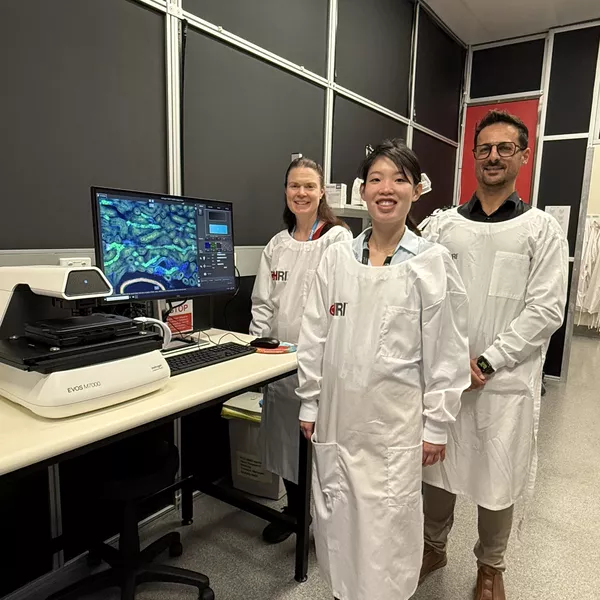
HRI zooms in on disease with $200,000 imaging boost from Hillcrest Foundation
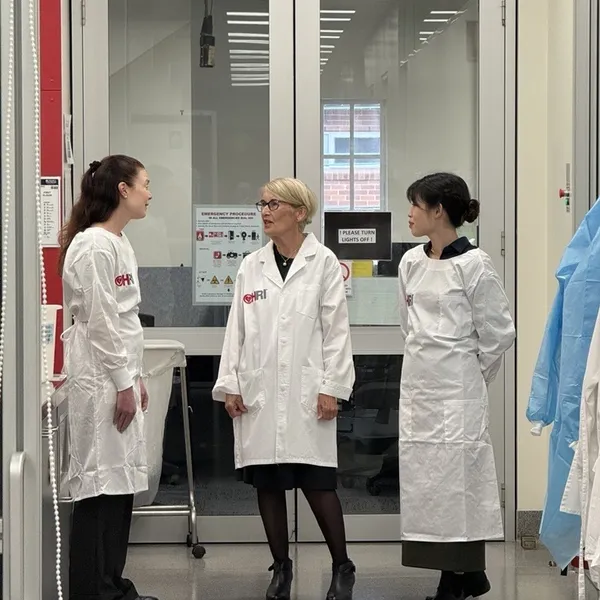
New HRI research aims to protect hearts of breast cancer patients

Meet the Team: Dr Clara Liu Chung Ming

Meet the Team: Prof Julie McMullen
